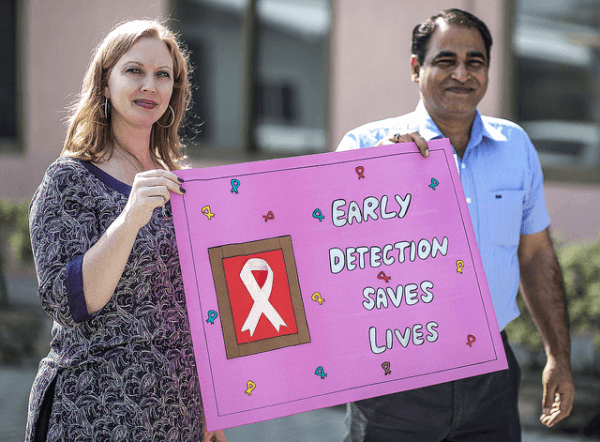We all know one of the most important things in fighting diseases is early detection and prevention. It’s a key step to diagnosing and treating any condition, especially cancer. While some cancers, like pancreatic cancer, are harder to diagnose early on, other ones such as breast cancer are easier.
Breast cancer is the second leading cause of death among women, with an estimated 40,300 deaths projected to result from it from this year alone. However, there are many opportunities for screening available for women. Recently, The American Cancer Society (ACS) has amended its recommendations in annual screenings for breast cancer. Instead of the usual recommended starting age of 55, the organization has recommended that women start their mammography screenings at the age of 45 and continue thereafter. Women would have the option of starting at the age of 40, should they wish, but are encouraged to have annual ones from the ages of 45 to 55. For those who are over 55, annual screening is optional, but biennial screening is recommended.
Image Source: Pamela Moore
Although screening leads to advantages, there are some downsides to it. Over-diagnoses and false positives may occur, something that is common in mammograms. For example, after 10 yearly mammograms, the chances of a false positive is about 50-60%. This may lead to unnecessary procedures such as biopsies or other invasive body treatments. For example, for women under the age of 45, mammographies may prove to be more harmful than beneficial. However, the benefits of screening outweigh the associated harm after age 45. And after 55, a biennial screening is the perfect balance between the benefits and harms.
We all have heard that it is better to be safe than be sorry, but that swings either way: doing screenings too often or at the wrong time, and not doing enough can lead to damage. As a result, it is important to maintain a balance of when to get checked out and how many times to do it. Prevention and detection are both key to maintaining a healthy lifestyle, and it is important that you are up-to-date in the current recommended guidelines for your own sake.
Feature Image Source: Breast Cancer Campaign 2013 by UN Women Asia and the Pacific










